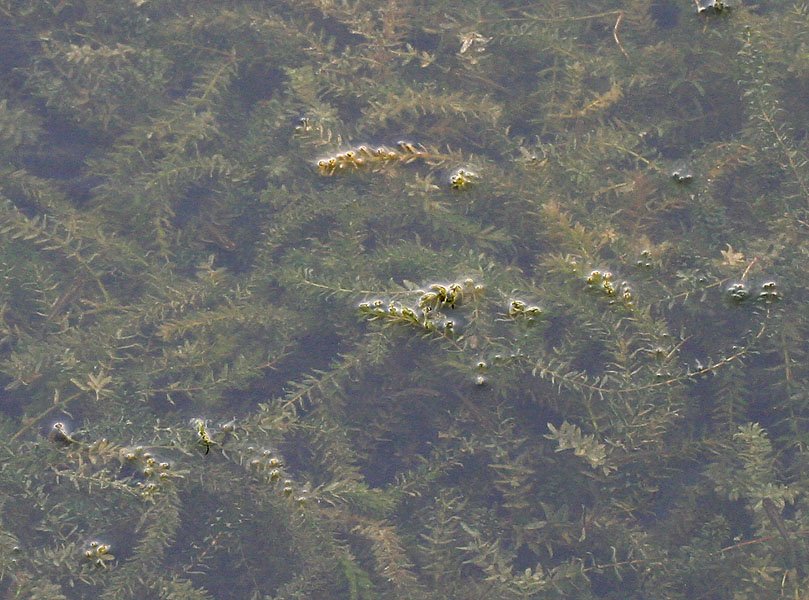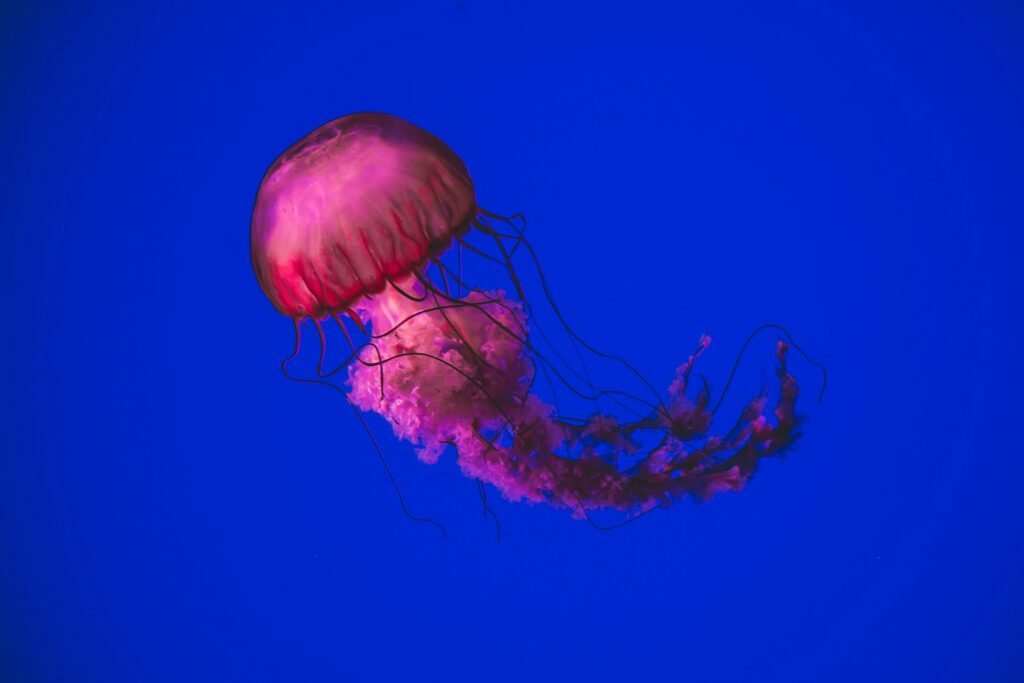Imagine waking up one morning to find your favorite swimming hole transformed into what looks like an underwater jungle. The once-clear waters are now choked with dense, green vegetation stretching from the muddy bottom to the surface like nature’s own version of barbed wire. This isn’t science fiction—it’s the reality facing countless waterways across the American South, all thanks to a seemingly innocent aquatic plant called Hydrilla verticillata.
The Silent Invasion That Changed Everything

Hydrilla didn’t announce its arrival with fanfare or warning signs. This aquatic plant slipped into American waters sometime in the 1960s, likely through the aquarium trade, and began what would become one of the most devastating biological invasions in freshwater history. Unlike native plants that play by nature’s established rules, hydrilla operates like a biological bulldozer, growing up to an inch per day and forming dense mats that can completely transform an ecosystem within a single growing season. What makes this invasion particularly insidious is how hydrilla can regenerate from tiny fragments, meaning a single boat propeller or fishing line can inadvertently spread this green menace to pristine waters miles away. By the time most people notice the problem, hydrilla has already established such a strong foothold that removal becomes nearly impossible.
Why Southern Waters Became the Perfect Playground
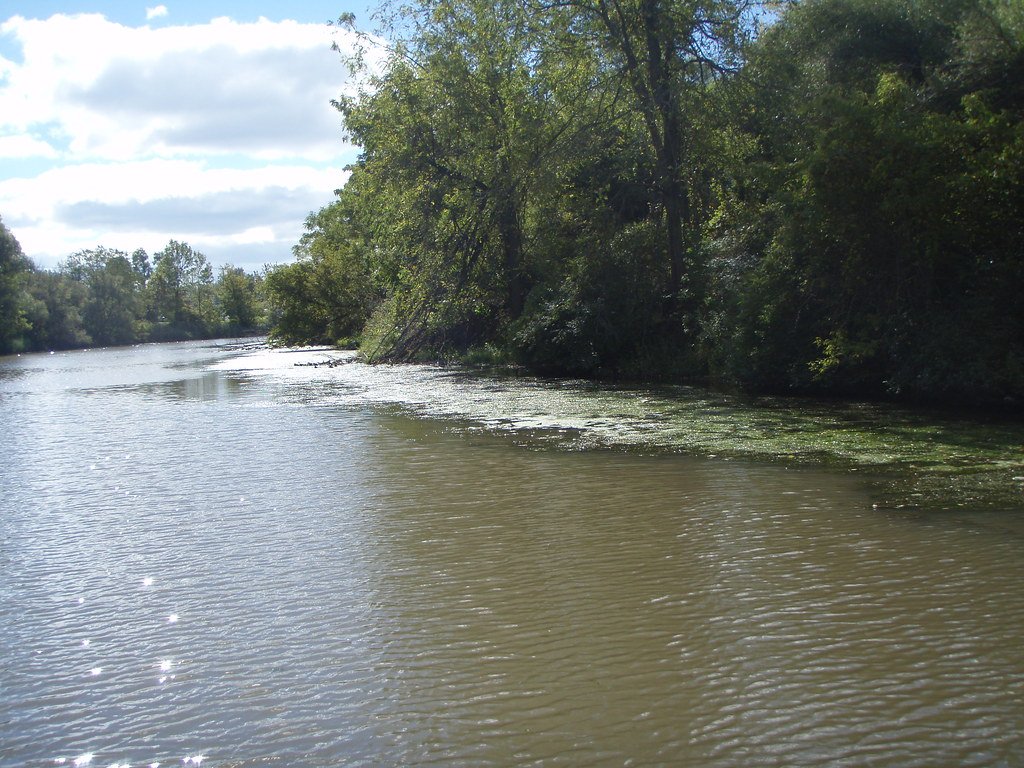
The American South offered hydrilla everything an invasive species could dream of—warm temperatures, abundant sunlight, and nutrient-rich waters that act like fertilizer for rapid growth. Southern waterways, from Florida’s sprawling lake systems to Texas reservoirs, provided the ideal conditions for hydrilla to explode beyond all natural boundaries. Unlike its native habitat in Asia, where natural predators and environmental factors keep it in check, hydrilla found itself in a biological paradise with virtually no natural enemies. The region’s year-round growing season meant hydrilla could establish permanent colonies rather than dying back each winter like many native aquatic plants. This climatic advantage gave hydrilla such a significant head start that by the time scientists recognized the threat, entire lake systems were already under siege.
The Science Behind Hydrilla’s Superpowers

Hydrilla possesses biological superpowers that would make any comic book character jealous, starting with its ability to photosynthesize using a specialized carbon-concentrating mechanism that makes it incredibly efficient at capturing sunlight. This plant can thrive in water depths up to 20 feet, far deeper than most native species, giving it access to underwater real estate that other plants simply cannot colonize. Perhaps most remarkably, hydrilla can reproduce through fragmentation, meaning every broken piece has the potential to grow into a new colony—it’s like a biological hydra that multiplies when you try to destroy it. The plant also produces specialized winter buds called turions that can survive harsh conditions and remain dormant for years before sprouting when conditions improve. These biological advantages create a perfect storm of invasive success that native plants simply cannot compete against.
How Dense Mats Suffocate Entire Ecosystems

When hydrilla forms its characteristic dense mats, it creates an underwater blanket that blocks sunlight from reaching native plants below, essentially starving them of the energy they need to survive. These mats can become so thick that they reduce water flow to a trickle, creating stagnant conditions that alter the entire chemistry of the water body. Fish species that depend on open water for feeding and movement find themselves trapped in an underwater maze, unable to access their traditional hunting grounds or spawning areas. The mats also prevent wind from mixing oxygen into the water, leading to hypoxic conditions that can trigger massive fish kills during hot summer months. What was once a dynamic, flowing ecosystem becomes a biological dead zone where only the most adaptable species can survive.
Native Fish Species Under Siege

The impact on native fish populations reads like an ecological disaster story, with species that evolved over millions of years suddenly finding their world turned upside down by a plant they never encountered before. Large predatory fish like bass and pike struggle to navigate through dense hydrilla mats, making it nearly impossible for them to hunt effectively or maintain their territorial behaviors. Smaller fish species that once relied on diverse aquatic vegetation for shelter and food sources are forced to compete for increasingly limited space in hydrilla monocultures. Perhaps most tragically, many native fish species require specific spawning habitats that hydrilla destroys, leading to reproductive failure and population crashes that can take decades to recover. The disruption cascades through the entire food web, affecting everything from tiny zooplankton to top predators in ways scientists are still trying to understand.
The Ripple Effect on Water Birds and Wildlife

Water birds that depend on Southern waterways for feeding and nesting face a completely altered landscape when hydrilla takes over their traditional habitats. Diving ducks find it nearly impossible to reach submerged food sources through dense vegetation mats, forcing them to abandon areas they may have used for generations. Wading birds like herons and egrets lose their ability to spot fish through the murky, vegetation-choked waters, disrupting hunting patterns that have remained unchanged for thousands of years. The dense surface mats also prevent waterfowl from landing and taking off, essentially turning productive feeding areas into biological no-fly zones. Even terrestrial wildlife suffers as hydrilla-infested waterways provide fewer drinking opportunities and eliminate the diverse edge habitats where many species feed and shelter.
When Recreation Becomes a Battle Against Plants

For millions of Southerners who consider boating, fishing, and swimming part of their cultural heritage, hydrilla has transformed beloved recreational waters into frustrating obstacle courses. Boat propellers become hopelessly tangled in dense vegetation, turning a relaxing day on the water into an expensive repair nightmare. Swimming areas that once offered crystal-clear visibility now hide dangers beneath impenetrable green curtains, making water activities unsafe for families. Fishing tournaments that brought communities together and supported local economies have been forced to relocate as hydrilla makes traditional fishing techniques nearly impossible. The economic impact extends far beyond individual frustration, affecting marina operators, fishing guides, and entire communities that depend on water-based recreation for their livelihoods.
The Multi-Million Dollar War on Weeds
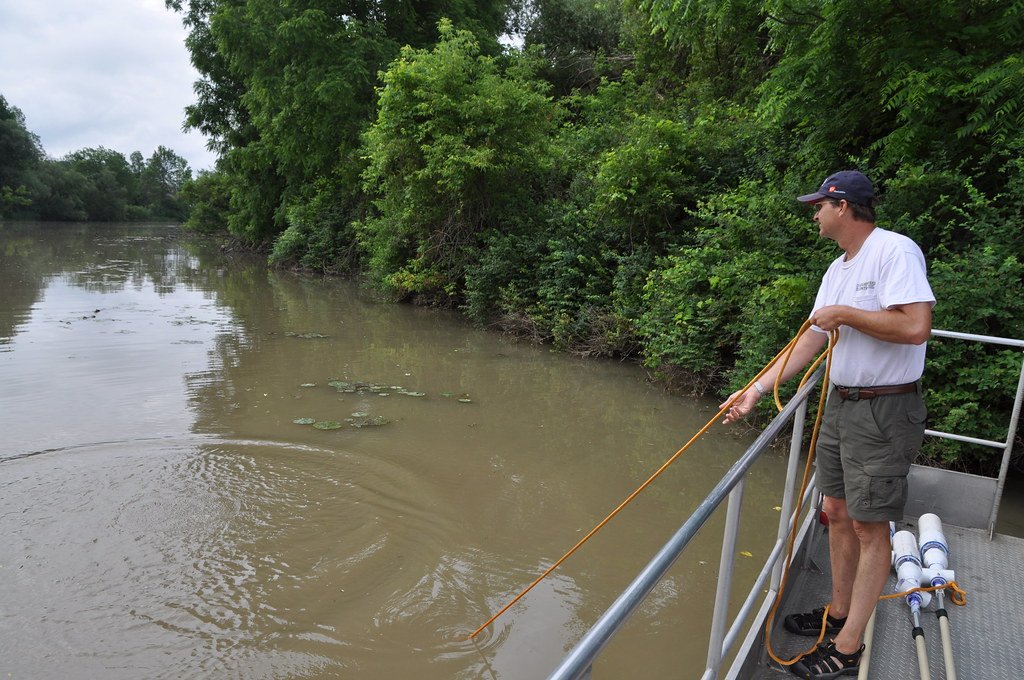
Fighting hydrilla has become one of the most expensive environmental battles in American history, with state and federal agencies spending hundreds of millions of dollars annually on control efforts. Mechanical harvesting operations deploy massive floating machines that work like underwater lawn mowers, but the results are often temporary since hydrilla regrows from fragments left behind. Chemical treatments using herbicides like fluridone and endothall can be effective but require precise application and ongoing monitoring to prevent environmental damage to non-target species. The economic burden falls heavily on taxpayers and water management districts, who must choose between funding hydrilla control and other critical infrastructure needs. Despite these massive expenditures, hydrilla continues to spread faster than control efforts can contain it, leading some experts to question whether the war can ever truly be won.
Biological Control: Nature Fighting Back

Scientists have turned to biological warfare in their fight against hydrilla, introducing specialized insects from the plant’s native range that feed exclusively on this invasive species. The most promising biological control agent is a small weevil called Bagous species, which attacks hydrilla’s root system and can significantly reduce plant biomass over time. However, biological control agents work slowly and must be extensively tested to ensure they won’t harm native species—a process that can take decades from initial research to field deployment. Early results from biological control programs show promise, but scientists caution that these natural enemies are tools for long-term management rather than quick fixes. The success of biological control also depends on environmental conditions, meaning effectiveness can vary dramatically between different water bodies and regions.
Climate Change: Adding Fuel to the Fire

Rising temperatures and changing precipitation patterns associated with climate change are creating even more favorable conditions for hydrilla expansion across the South. Warmer water temperatures extend the growing season, allowing hydrilla to produce more biomass and spread more rapidly than ever before. Increased frequency of extreme weather events helps disperse plant fragments to new water bodies, essentially turning storms into biological dispersal agents. Changes in seasonal precipitation patterns can create the shallow, nutrient-rich conditions that hydrilla prefers, while simultaneously stressing native plant communities that are adapted to historical weather patterns. Scientists predict that climate change could accelerate hydrilla’s northward expansion, potentially threatening water bodies in regions that have remained invasion-free until now.
Success Stories: When Control Actually Works

Despite the overwhelming challenges, some water bodies have achieved remarkable success in controlling or even eliminating hydrilla through sustained, coordinated management efforts. Lake Seminole on the Georgia-Florida border represents one of the most successful large-scale hydrilla control programs, where aggressive herbicide treatments combined with biological control agents have restored recreational use and native fish populations. The key to success appears to be early detection and rapid response, as demonstrated in several Texas reservoirs where hydrilla was eliminated before it could establish dense populations. These success stories share common elements: adequate funding, scientific monitoring, community support, and most importantly, long-term commitment to sustained management rather than one-time treatments. However, success requires eternal vigilance, as hydrilla can quickly reestablish itself from dormant fragments or new introductions if management efforts are relaxed.
The Unintended Consequences of Control Efforts
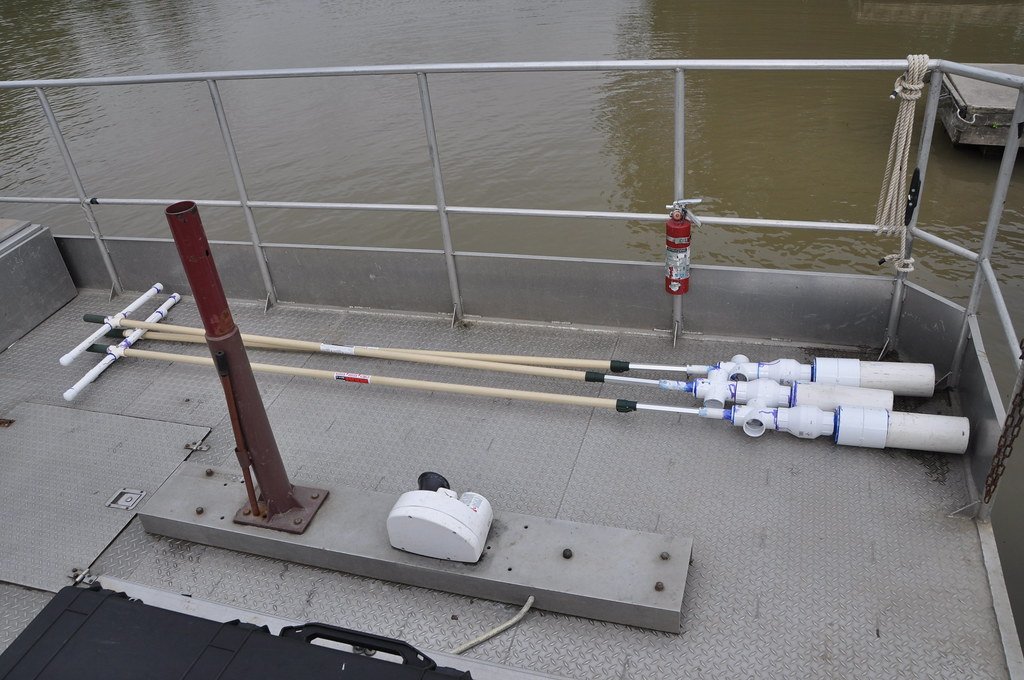
The aggressive measures used to combat hydrilla sometimes create their own ecological problems, demonstrating how complex invasive species management can become. Herbicide treatments designed to kill hydrilla can also harm native aquatic plants, sometimes leaving water bodies barren of all vegetation and vulnerable to erosion and water quality problems. Mechanical harvesting operations can disturb sediments and destroy fish spawning areas, potentially causing more immediate harm than the hydrilla itself. The removal of dense hydrilla mats can also eliminate the only available habitat for fish species that have already adapted to the invaded ecosystem, creating a management dilemma with no clear solutions. These unintended consequences highlight the importance of adaptive management strategies that weigh the costs and benefits of different control approaches for each unique situation.
Technology and Innovation in the Fight

Cutting-edge technology is revolutionizing how scientists detect, monitor, and control hydrilla infestations across Southern waterways. Drone surveys equipped with specialized cameras can identify hydrilla patches from the air, allowing managers to target control efforts more precisely and track the effectiveness of treatments over time. Environmental DNA (eDNA) sampling can detect hydrilla presence from tiny plant fragments in water samples, enabling early detection in water bodies that appear hydrilla-free to the naked eye. GPS-guided herbicide application systems ensure precise chemical treatments that minimize impacts on non-target species while maximizing effectiveness against hydrilla. Artificial intelligence and machine learning algorithms are being developed to predict hydrilla spread and optimize control strategies, potentially saving millions of dollars in management costs. These technological advances offer hope for more effective and efficient hydrilla management, though they require significant investment and technical expertise to implement.
Economic Impacts Beyond the Obvious

The true economic cost of hydrilla extends far beyond direct management expenses, creating ripple effects throughout regional economies that depend on healthy aquatic ecosystems. Property values along hydrilla-infested waterways can drop significantly as recreational opportunities disappear and aesthetic appeal diminishes. Commercial fishing operations face reduced catches and increased equipment maintenance costs, affecting not just individual fishermen but entire supply chains and seafood markets. Tourism revenues suffer as destination lakes and rivers lose their appeal to visitors, impacting hotels, restaurants, and recreational equipment businesses throughout affected regions. The hydroelectric power industry faces increased maintenance costs and reduced efficiency when hydrilla clogs intake structures and turbines. Insurance costs for waterfront properties may increase due to flooding risks associated with altered water flow patterns in hydrilla-infested waterways.
Community Action and Citizen Science

Local communities across the South are taking matters into their own hands, developing grassroots initiatives that complement professional management efforts and create networks of hydrilla surveillance and control. Volunteer monitoring programs train residents to identify and report new hydrilla infestations, creating an early warning system that can trigger rapid response efforts before small populations explode. Lake associations and homeowner groups organize community clean-up events, though these must be carefully managed to prevent inadvertent spread of plant fragments to uninfested areas. Citizen science projects collect valuable data on hydrilla distribution and ecology, contributing to research efforts that inform management strategies. Educational outreach programs help boaters and anglers understand their role in preventing hydrilla spread, emphasizing simple practices like cleaning equipment between water bodies. These community-based efforts demonstrate that effective invasive species management requires collaboration between professional managers and informed, engaged local residents.
Lessons from Other Invasive Species Battles
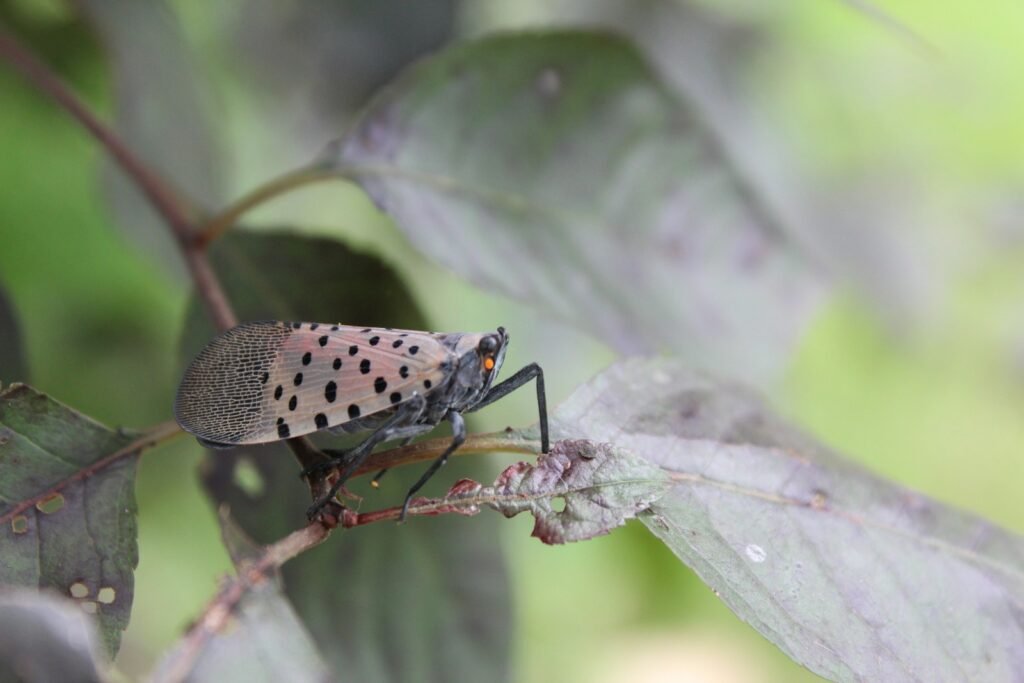
The hydrilla invasion offers valuable insights that apply to invasive species management more broadly, providing lessons that could prevent future biological disasters. The importance of prevention over reaction has become crystal clear, as stopping new introductions costs far less than managing established populations. Rapid response protocols developed for hydrilla are now being adapted for other aquatic invaders, creating a more proactive approach to invasive species management. The need for sustained funding and political support has emerged as a critical factor, as successful hydrilla control requires decades of consistent management rather than short-term projects. International cooperation on invasive species prevention is more important than ever, as global trade continues to create pathways for biological invasions. The hydrilla experience also highlights how climate change can accelerate invasive species impacts, requiring management strategies that account for changing environmental conditions.
Looking Forward: Adaptation and Coexistence

As the hydrilla invasion enters its sixth decade, some scientists and managers are exploring whether complete eradication is realistic or if adaptation and coexistence might be more practical long-term strategies. Selective management approaches focus on protecting the most ecologically or economically valuable water bodies while accepting hydrilla presence in less critical areas. Research into native species that can coexist with or even benefit from hydrilla presence offers hope for maintaining biodiversity in invaded ecosystems. Ecosystem-based management strategies consider hydrilla as one component of complex aquatic systems rather than simply a problem to be eliminated. The development of hydrilla-tolerant recreational activities and tourism opportunities represents a pragmatic approach to economic adaptation. These forward-looking strategies don’t abandon control efforts but recognize that the hydrilla invasion has permanently altered Southern aquatic ecosystems in ways that may require new approaches to conservation and management.
The Future of Southern Waterways

The story of hydrilla in Southern waterways serves as both a cautionary tale and a blueprint for confronting the biological invasions that will inevitably continue to challenge aquatic ecosystems worldwide. New invasive species are discovered in American waters every year, and many possess the same characteristics that made hydrilla so successful—rapid growth, efficient reproduction, and tolerance for diverse environmental conditions. The lessons learned from decades of hydrilla management are being applied to emerging threats like giant salvinia and Eurasian watermilfoil, potentially preventing these species from achieving the same level of ecological dominance. Climate change will continue to reshape aquatic ecosystems, potentially favoring invasive species over natives and requiring adaptive management strategies that can respond to rapidly changing conditions. The integration of technology, community engagement, and scientific research offers the best hope for managing invasive species in an interconnected world where biological invasions are increasingly common. The future of Southern waterways—and aquatic ecosystems everywhere—depends on society’s willingness to invest in prevention, respond rapidly to new threats, and adapt management strategies as our understanding of invasive species ecology continues to evolve.
The hydrilla invasion transformed Southern waterways from diverse, productive ecosystems into biological battlegrounds where native species struggle to survive against an unstoppable green tide. This plant’s success story—from the perspective of an invasive species—demonstrates how a single introduction can cascade through entire ecosystems, affecting everything from microscopic plankton to million-dollar recreation industries. The ongoing battle against hydrilla reveals both human ingenuity and the humbling reality that nature doesn’t always bend to our will, no matter how much money we spend or technology we deploy. As climate change accelerates and global trade increases, the hydrilla invasion offers crucial lessons about prevention, rapid response, and the true cost of biological invasions. What will it take for us to finally get ahead of the next aquatic invader before it hijacks another ecosystem?

